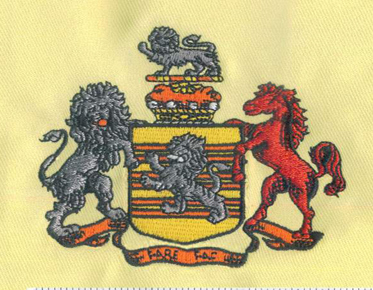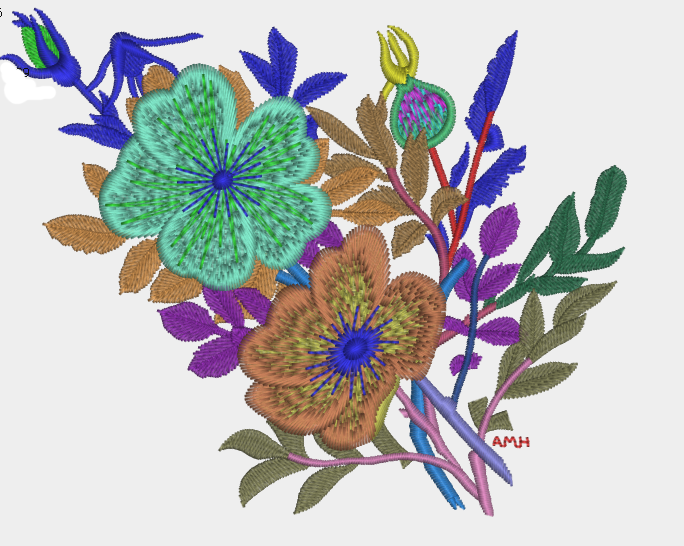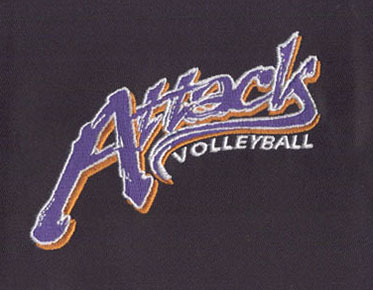What are the Common File Formats for Embroidery Digitizing?
How to digitize embroidery files in the most suitable format and software, you will be able to make all this information on Digitizing Embroidery file. Eagle Digitizing will help you to know the different types of machine embroidery formats and their uses, how to digitize files for embroidery and digitizing process, how to send embroidery design file via email and more.
How to digitize embroidery files?
Are you looking for a complete solution to digitize embroidery files? Well, look no further! This blog post will show you how to digitize embroidery files using the most popular software on the market.
Embroidery is a great way to add a personal touch to an outfit. It can be used to create beautiful designs on a variety of fabrics. However, before you can start embroidering, you first need to digitize your design.
There are a few different ways to digitize a design, but the most popular method is embroidery software. This type of software basically turns your design into a stitch file that the embroidery machine can read.
Types of Digitized File Formats:
Several different types of file formats are available for embroidery digitizing. The most common format is the DST file, used by most commercial embroidery machines. Another popular format is the PES file, used by some home embroidery machines.
There are other less common formats like EXP and JEF. However, these two formats are not as widely accepted as DST and PES.
Let's say you're not sure which format your embroidery machine uses. In this case, it's best to check with the manufacturer to see which one they recommend.
Software required to digitize documents:
There are several software programs available for digitizing embroidery files. Some of the most popular shows include Wilcom, Embird and Hatch. These programs all have unique features and functions, so choosing the right program for your specific needs is critical.
Once you have decided which software to use, the next step is to download and install it on your computer. Once the program is up and running, you need to load the files you want to digitize into the program.
After loading the file, you need to choose the type of stitching and other settings to use. This will vary depending on the software you are using. Often, though, you can choose from a variety of stitch types, such as satin or zig-zag. You can also specify the width and length of each stitch as well as the tension and density.
Once all settings are configured, you are ready to start digitizing your files! The process will vary depending on the software you're using, but generally, you'll tell the software to start stitching. The program will then stitch the images together based on your settings.
What is a digital file for embroidery?
A digitized file for embroidery is a computer file that contains instructions for an embroidery machine to convert an image into stitches. This document tells the machine how to sew each stitch, what color thread to use, and where to place the stitches on the fabric.
Embroidery digitization files come in two formats: *.dst and *.emb.DST files are the most common and can be read by almost all commercial embroidery machines. EMB files are a newer format that can only be read by specific computers.
How to create digitized files for embroidery?
There are two ways to create digitized files for embroidery: manually or using software.
If you want to manually digitize an image, you must first draw the image on graphics paper. Each square on the graphics paper represents a stitch. Then you need to decide what color thread to use for each part of the image, and how many stitches to use for each color. Once you have all this information, you can start stitching the image onto the fabric.
There are many programs that can help you create digitized files for embroidery. Some of the most popular programs are: Adobe Illustrator, Corell Paint and Quark XPress. There's a ton of information out there about using these programs, so do some research before deciding which one to buy.
Edit digitized files
If you have an image or logo that you want to convert into an embroidery design, the first thing you need to do is digitize the file. This can be done with a vector editing program such as Adobe Illustrator or Inkscape. After opening the image in the program, you need to trace it with the pen tool. This will create a vector path that can be exported as an embroidery file.
After creating the vector path, you need to export it to the embroidery file format. The most common formats are DST and PES. You can convert the file to one of these formats using any embroidery software. Once you have the file in the correct format, you can load it on the embroidery machine and stitch it out!
Eagle Digitizing provides the highest quality embroidery digitization services in the United States. We have a team of skilled and experienced digitizers who use the latest software and technologies to create high-quality stitched files. We also offer free revisions so you can be sure you are 100% satisfied with your design before it goes into production.



